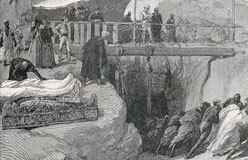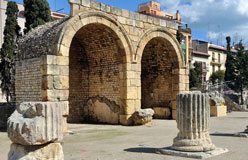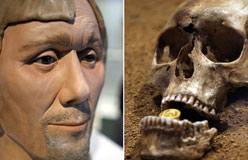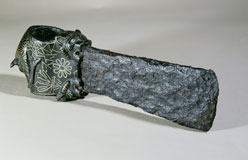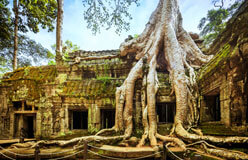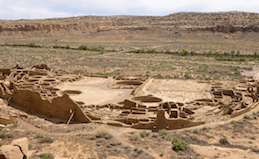In 221 B.C., a 13-year-old boy became China’s first emperor. Qin Shi Huangdi lived a long, prosperous life. The system of monarchy, which is rule by one person, survived even longer—until 1912. But it was Qin Shi Huangdi’s army that lasted longest of all.
Artisans worked hard to create life-size soldiers out of terra-cotta. In Qin Shi Huangdi’s massive tomb, rows and rows of clay soldiers stand guard. There are foot soldiers, crossbow shooters, charioteers, and others. The tomb was found near the city of Xi’an in central China. People from a local town were drilling for water when they detected it in 1974.
So far, about 8,000 terra-cotta soldiers have been uncovered, along with numerous horses, parts of a palace, storehouses, and stables. How do archaeologists recover and keep track of so many artifacts? What do they learn from them? The excavation of an army-size site requires an army-size crew.
